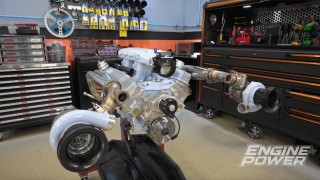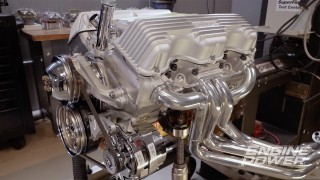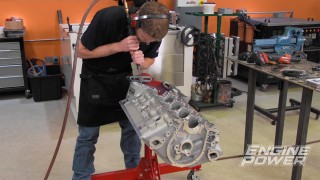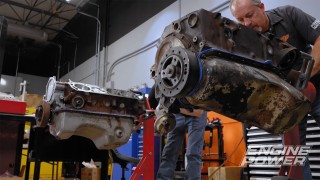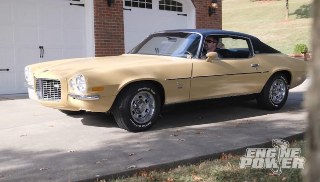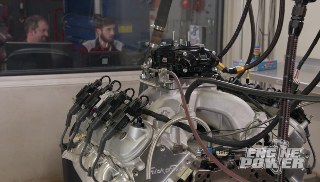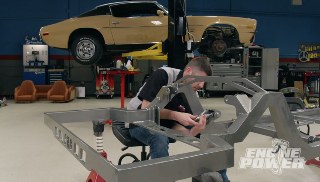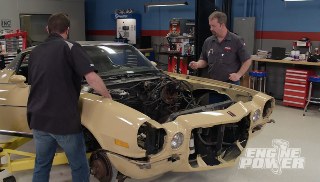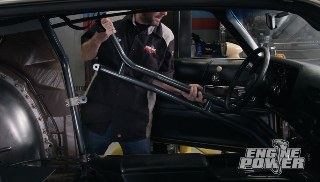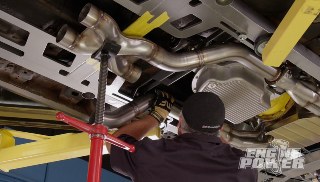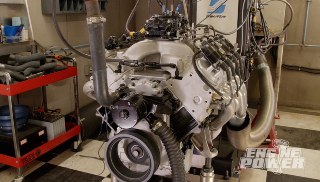
600+ Horsepower 2nd Gen Camaro Shakedown
With over 600 horses the Gen II is ready to pound the pavement! From the street, to the track, to the strip, this split bumper is a beast. We also take you inside the PRI Show to checkout the latest in race engine technology.
Season 6
Episode 4
Hosts: Mike Galley, Pat Topolinski
First Air Date: February 10, 2019
Duration: 20 minutes 22 seconds
